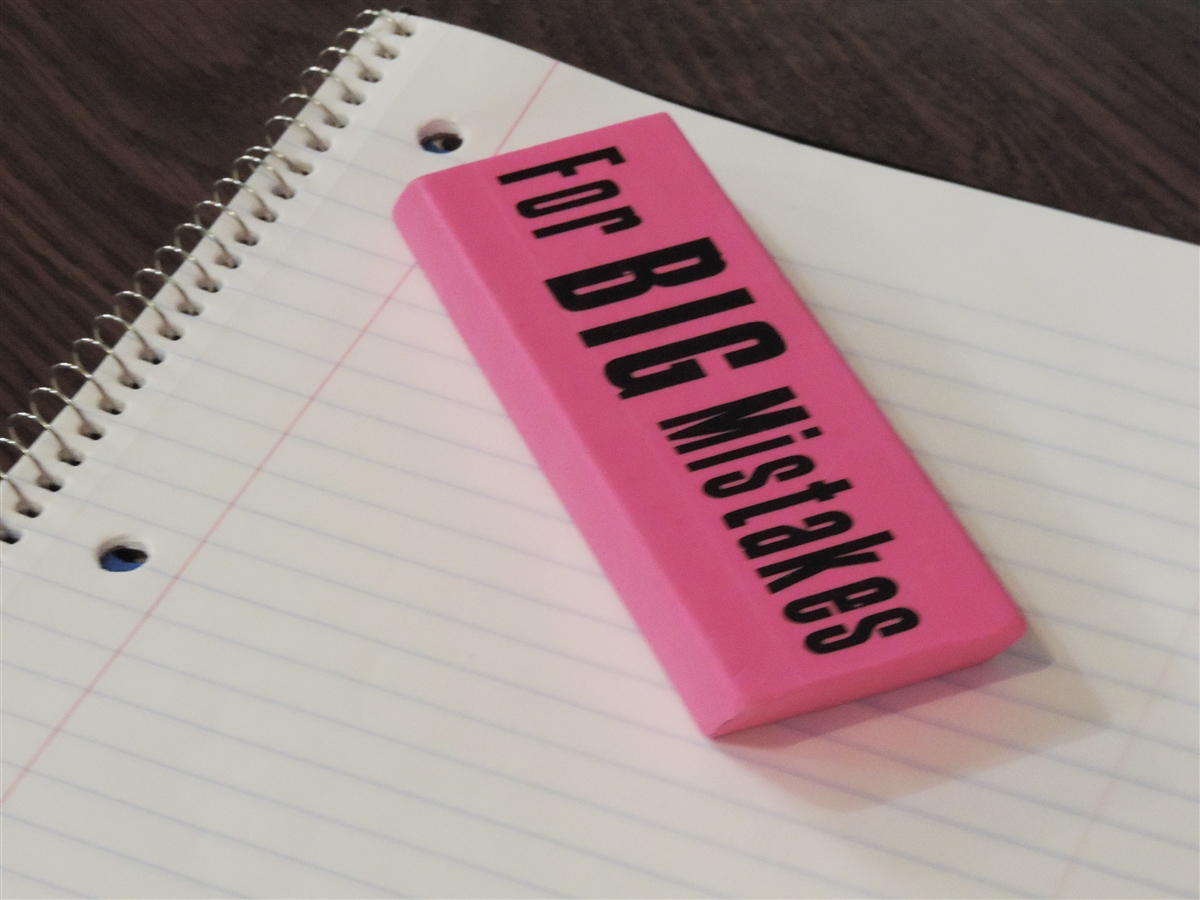The film is presumably the solids component of 2-26. Namely butyl stearic and petrolatum, both of which are waxes. The wax film left behind is the mechanism by which 2-26 prevents corrosion (wax is hydrophobic) and lubricates (wax is slippery). The remainder of the 2-26 evaporates away.
I know it is popular and I am glad it is working for you but I won't be applying wax to my rails anytime soon. CRC 2-26 being waxy and with a dielectric strength of over 50,000 volts doesn't exactly scream good for rails. 2-26 in its recommended uses is sprayed and not wiped. The petrol distillates clean components and then the waxes coat and protect. 2-26 that gets on electrical contacts (relays, brushes, etc.) is immediately worn away by contact wiping action. The remaining wax film on everything else, including contacts edges, prevents corrosion and current leakage paths.
I suspect the success of modelers using 2-26 on rails is not a result of the inherit protection component in 2-26 but rather from the cleaning ability of the petrol distillates and the mechanical abrasion of the cloth, pad, or whatever applicator. Mostly the mechanical abrasion. The wax film is not desirable on rails (dielectric) but is all but wiped away in a typical modeler track cleaning application. For proof mechanical action is extremely effective try rubbing the rails with a pencil eraser. Awesome!
CRC 2-26 datasheet:
http://www.crcindustries.com/faxdocs/msds/2005.pdfCRC 2-26 overview:
http://www.crcindustries.com/ei/product_detail.aspx?id=02005I have to side with Yves. Lacquer thinner is what I use as it is an excellent solvent for track cleaning and is 100% volatile so no residue. For instances of especially bad track condition I use my giant eraser from the dollar store.
